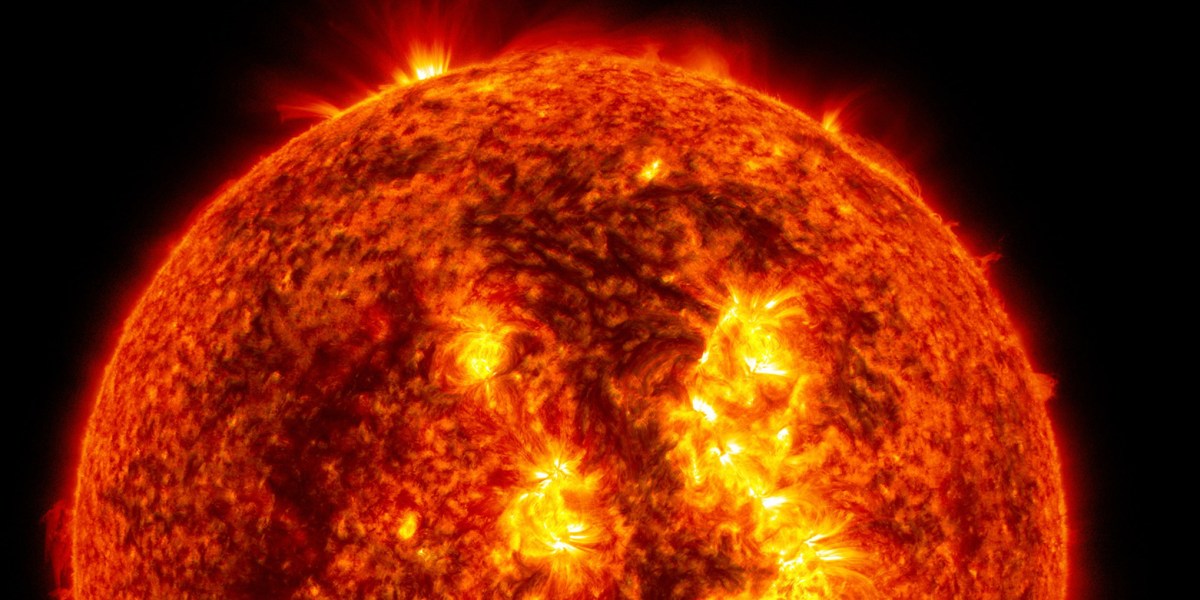The Download: fixing space weather-forecasting, and reopening a nuclear power plant

As the number of satellites in space grows, and as we rely on them for increasing numbers of vital tasks on Earth, the need to better predict stormy space weather is becoming more and more urgent.
Scientists have long known that solar activity can change the density of the upper atmosphere. But it’s incredibly difficult to precisely predict the sorts of density changes that a given amount of solar activity would produce.
Now, experts are working on a model of the upper atmosphere to help scientists to improve their models of how solar activity affects the environment in low Earth orbit. If they succeed, they’ll be able to keep satellites safe even amid turbulent space weather, reducing the risk of potentially catastrophic orbital collisions. Read the full story.
—Tereza Pultarova
How to reopen a nuclear power plant
A shut-down nuclear power plant in Michigan could get a second life thanks to a $1.52 billion loan from the US Department of Energy. If successful, it will be the first time a shuttered nuclear power plant reopens in the US.
Palisades Power Plant shut down on May 20, 2022, after 50 years of generating low-carbon electricity. But the plant’s new owner thinks economic conditions have improved in the past few years and plans to reopen by the end of next year.
A successful restart would be a major milestone for the US nuclear fleet, and help inch the country closer to climate goals. But reopening isn’t as simple as flipping on a light switch. Here’s what it takes to reopen a nuclear power plant.





